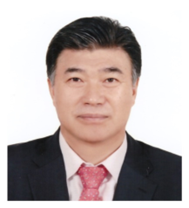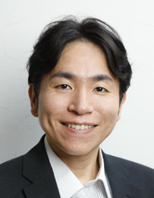- Invited Speakers -
Oscar Alonso
Associate Professor, University of Barcelona, SpainSpeech Title: Designing for Autonomy: Ultra-Low-Power IoT from Sensor to System
Abstract: This talk presents the complete design process of an ultra-low-power IoT application for gas sensing, powered by an energy-harvesting, zero-carbon device. The process begins with selecting the semiconductor technology that best meets the application’s requirements. Based on its capabilities, we design the circuits needed to drive and read out the gas sensor. A key step is the modeling of the sensor using Verilog-A, which serves as the basis for designing the system’s drivers and actuators.
The talk will cover the entire design flow, from simulation and sensor model optimization to the integration of energy-efficient components. The final design showcases an IoT sensing node that operates continuously, powered by a clean energy source. At its core, the controlling chip consumes only 12 µW, enabling ultra-low-power performance. Key decisions in circuit design, power management, and system integration will be highlighted, demonstrating how we managed to maintain low power while meeting the application’s performance requirements. The talk concludes with a demonstration of the full IoT sensing node, operating autonomously using energy harvested from ambient sources and validated in real-world conditions. We will also discuss how the overall energy consumption depends on the selected communication technology (e.g., BLE or LoRa), and how this influences the system’s autonomy.
Kyeongsik Min
Professor, Department of Radio Communication Engineering, National Korea Maritime and Ocean University, South KoreaSpeech Title: High-Gain Design of 6×26 Slotted Waveguide Array Antenna for Ku-band Wave Monitoring RADAR System
Abstract: This study proposes a 6×26 slotted waveguide array antenna high-gain design for Ku-band wave monitoring radar applications. In the first section, the structure of the 6×26 slotted waveguide array antenna was optimized, and the measured VSWR and peak gain results showed good agreement with the simulation. In the second section, a grid cavity was integrated above the slotted array to enhance the antenna gain. The grid cavity contributes to achieving uniform current distribution, suppressing first sidelobes, and improving gain. Despite the addition of the grid cavity, the VSWR characteristics remained stable, and a gain improvement of approximately 1.2 dB was achieved. In the final section, a dielectric lens was added above the grid cavity with an air gap to further increase the gain. As a result, the VSWR performance remained unaffected, and an additional gain improvement of about 0.9 dB was achieved compared to the antenna with only the grid cavity.
Keywords: Slotted waveguide array antenna, High-gain, Wave Radar, Grid Cavity, Dielectric lens.
Acknowledgements: This work was supported in part by the National Research Foundation of Korea(NRF) grant funded by the Korea government(MSIT) (No. RS-2023-00253131).
Tsuyoshi Minami
Associate Professor, University of Tokyo, JapanSpeech Title:
Updated soon...



